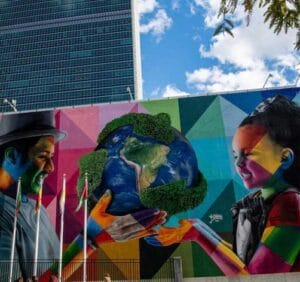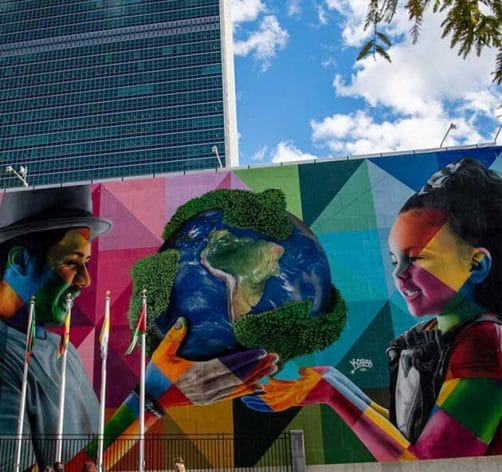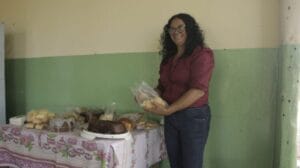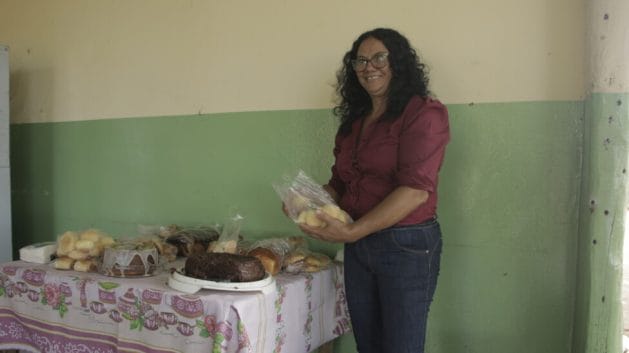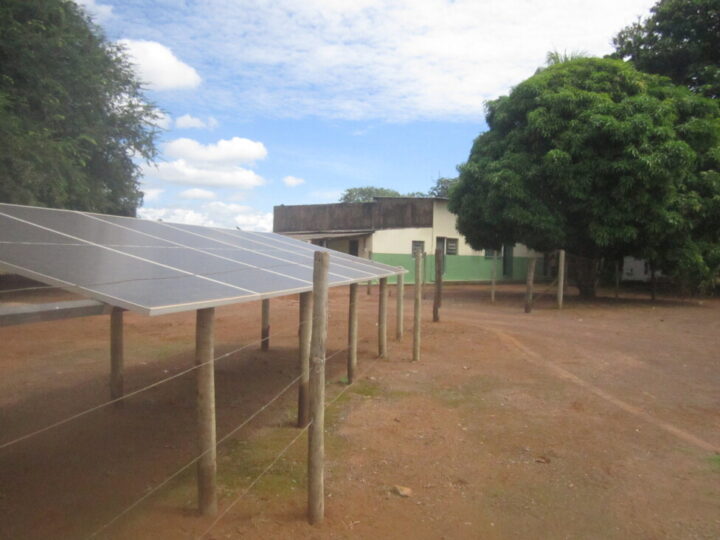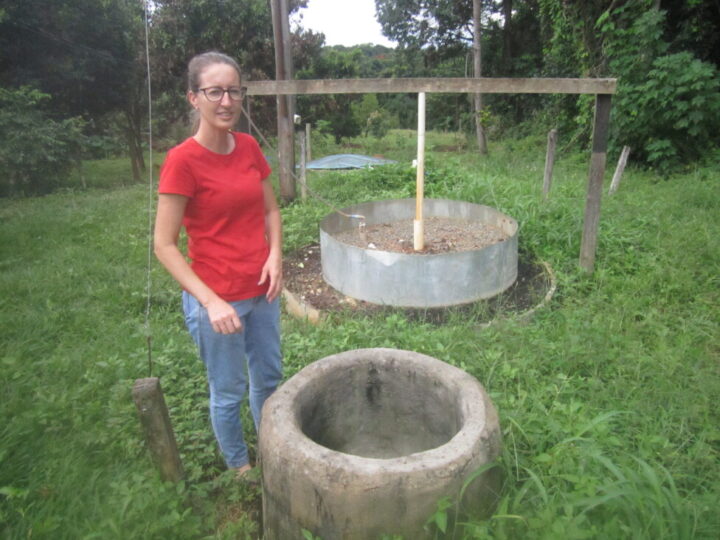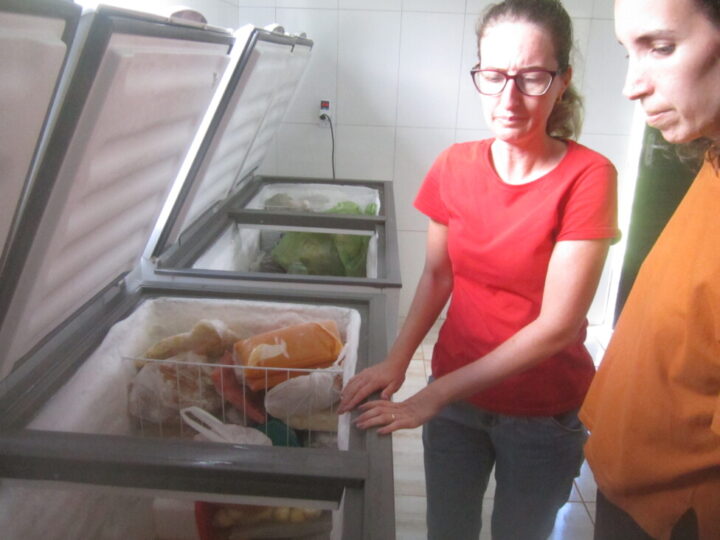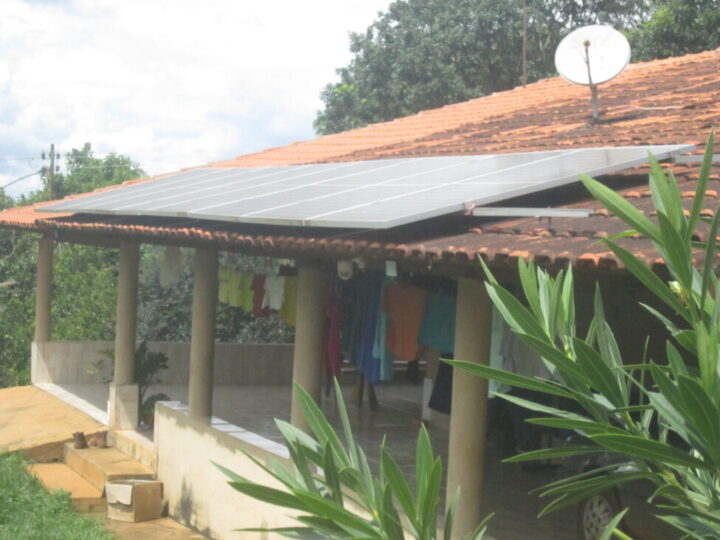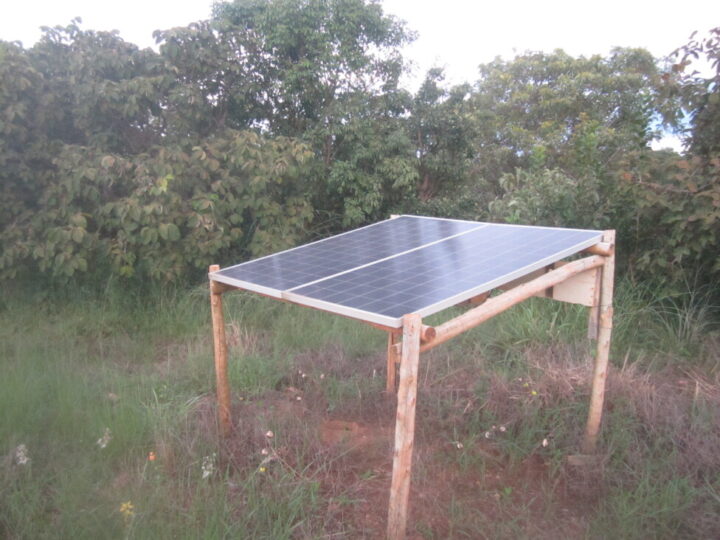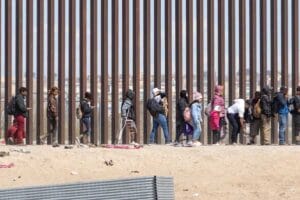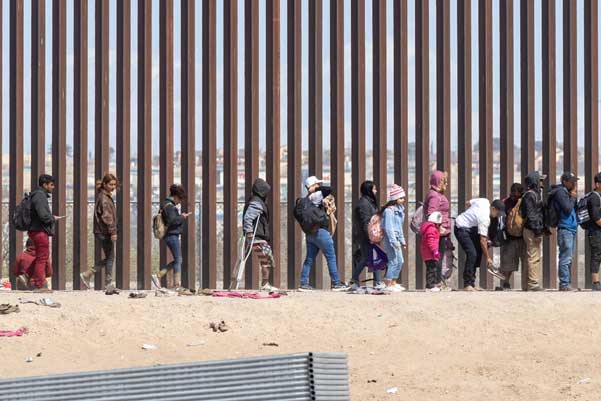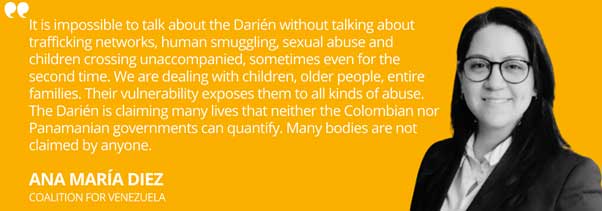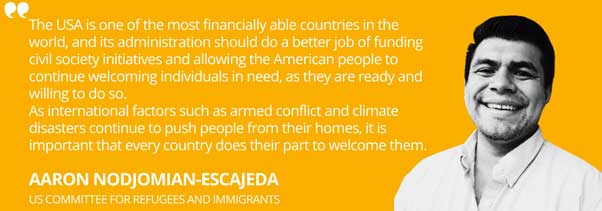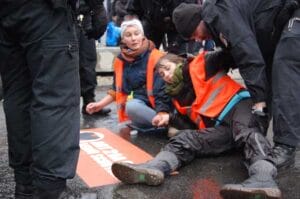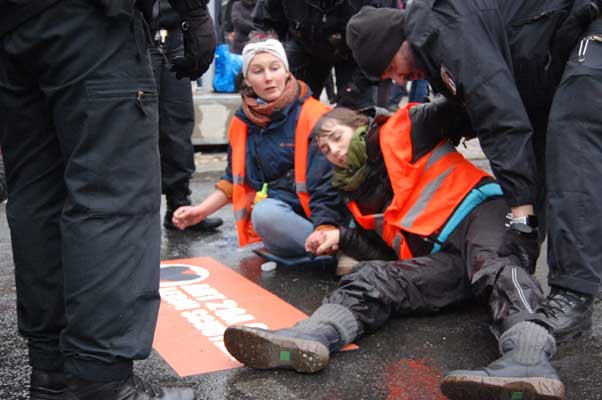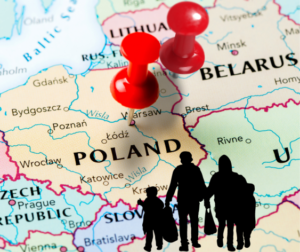
Aid, Civil Society, Editors’ Choice, Europe, Featured, Headlines, Human Rights, Humanitarian Emergencies, Migration & Refugees, Sustainable Development Goals, TerraViva United Nations
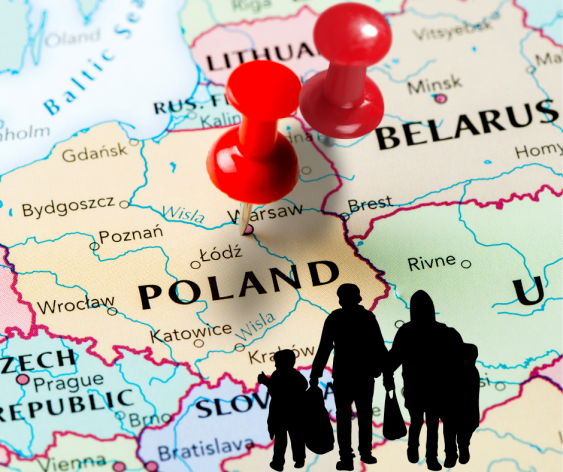
Aid agencies say that refugees caught on the Polish and Belarus borders are subject to brutal pushbacks. Graphic: IPS
– As the refugee crisis on the Belarus/EU borders approaches its fourth year, a crackdown on activism in Belarus is worsening the situation for migrants stuck in a “death zone” as they attempt to leave the country.
Groups working with refugees say the repression of NGOs in Belarus has led to many organizations stopping their aid work for migrants, leaving them with limited or no humanitarian help.
And although international organizations are operating in the country providing some services to refugees, NGOs fear it is not enough.
“There have been elevated levels of violence [against refugees from border guards] since the start of this crisis. But what has got worse is that before there were more people willing to help these refugees in Belarus, but now there is pretty much no one there helping as activism can be punished criminally in the country,” Enira Bronitskaya, human rights activist at Belarussian NGO Human Constanta, which was forced to pull out of the country and now operates from Poland, told IPS.
Since the start of the refugee crisis on the Belarus/EU border in the summer of 2021, rights groups have spoken out over brutal refugee ‘pushbacks’ by guards on both sides of the border.
Some have accused Minsk of manufacturing the crisis as a response to EU sanctions. They say Belarusian authorities actively organize, encourage, and even force migrants to attempt crossings over the border, but at the same time sanction violent and degrading treatment of those same migrants by border guards.
But others have also raised issue with what they say are equally violent and inhumane methods used by EU border guards in Poland, Latvia and Lithuania against those same migrants, as well as systematic breaches of their rights to claim asylum.
“These people are subjected to numerous forms of violence, both by Belarusian and Polish border guards. We’ve seen bruises, black eyes, knocked-out teeth after blows, kicks or hits with the back of rifles, irritation of skin and eyes after being sprayed with pepper gas, and teeth marks after dog bites,” Bartek Rumienczyk of the Polish NGO We Are Monitoring (WAM), which helps migrants who arrive in Poland from Belarus, told IPS.
“We also tell people they are entitled to ask for international protection in Poland, but in practice, these pleas are often ignored by border guards. We have witnessed numerous situations when people were asking for asylum in our presence and still they were pushed back to Belarus,” he added
These practices leave people stranded between the two borders in terrible conditions. Some aid workers describe it as a “death zone”.
“Refugees who manage to make it over [into the EU] talk about the ‘death zone’ between fences on the EU border and razor wires on the Belarus side and border guards who will not let them back into Belarus. They are therefore stuck there,” Joanna Ladomirska, Medical Coordinator for Medecins sans Frontieres (MSF) in Poland, told IPS.
“This death zone runs all along the Belarus/EU border, and it is huge—maybe tens of thousands of square kilometers—and no one knows how many people might have died there, or might be there needing treatment. My worry is that no one has access to this zone—not NGOs, no one,” she added.
At least 94 people have been known to have died in the border area since the start of the crisis, according to Human Constanta’s research, although it is thought many more may have also lost their lives.
Those that do manage to cross the border are invariably injured, some seriously. Exhaustion, hypothermia, and gastrointestinal affections because migrants have been forced to drink water from swamps or rivers are common, while almost a third of them have trench foot, and many have suffered serious injuries from razor- and barbed-wire fences. Some have also had to have parts of their limbs amputated due to frostbite, according to aid groups providing medical care to them.
Although both international and local organizations continue to work to help migrants on the EU side of the border, this is much more limited on the Belarusian side, say those working directly with migrants.
Since mass protests following his re-election in 2020, autocratic Belarusian President Alexander Lukashenko has implemented a sweeping crackdown on dissent. This has seen, among others, widespread prosecutions of workers in civil society.
Many NGOs, including some that had previously helped migrants, have been forced to close, leaving only a handful of major international organizations to do what they can for migrants.
However, questions have been raised about how effective their operations are.
“There are international organizations like the ICRC that are working with the Red Cross, but the Belarus Red Cross is only handing out food parcels in certain areas; it’s not a regular, stable supply,” said Bronitskaya.
“Basically, there is no one there giving [the migrants] the help they need. It is very possible there will be even more deaths than before,” she added.
But it is not just those stuck between the borders who are struggling to get help.
Anyone who fails to get into the EU and finds themselves back in Belarus is classed as an irregular migrant, is unable to access healthcare or benefits, and cannot legally work.
Many quickly find themselves in poverty, living in constant fear of being discovered by immigration authorities, and vulnerable to exploitation. Some aid workers told IPS they had heard of migrants in Minsk and other Belarussian cities forced to turn to prostitution to pay to support themselves.
Facing such problems, many decide they have little choice but to attempt the crossing again despite the risks.
Aid organizations and global rights groups say governments in EU countries and in Minsk must adhere to their obligations to protect the rights of these migrants.
“It’s not the best approach to the situation if the EU makes it difficult or impossible to cross its border by building walls or putting up legal barriers, nor is it good if Belarus creates a situation where people are stranded,” Normal Sitali, Medical Operations Manager for Medecins sans Frontieres (MSF) in Belarus, told IPS.
“There must be unhindered access to the border area for independent humanitarian organizations and for international and civil society organizations to respond to the dire situation there. Governments need to look at ensuring access to healthcare for these people so that international organizations do not need to provide and pay for it; they also need to look at legal protections for them; and they need to examine how these people can be ensured the space and protection to claim their rights as individuals while in transit,” he added.
MSF, which helped thousands of migrants during the crisis, last year stopped providing services to them after deciding migrants’ medical needs were outweighed by their need for protection and legal support, which MSF says can only be provided by dedicated organisations with specific expertise.
But some doubt the situation will improve any time soon with political relations between Belarus and the EU badly strained.
“Governments need to do something but the political situation makes things complicated. EU governments will not negotiate with Lukashenko because of the repressions going on in Belarus. Unless there is some significant change, nothing is going to get better,” said Bronitskaya.
However, others are hopeful of change.
Officials in Poland’s new government, which came to power in December last year, have claimed the number of pushbacks has fallen under the new administration and said a new border and migration policy is being drawn up that would treat the protection of human rights as a priority. Plans are also being put in place for the border forces to set up special search and rescue groups to stop humanitarian crises at the country’s borders, they have said.
“As a European country, [Poland] should respect European human rights laws and provide people with access to safety. You don’t need to negotiate with the Belarus regime to do that,” Ladomirska told IPS.
“I hope that with the new Polish government, something might change. We’re talking to them; change is feasible, and with the new government, there is an opportunity for that change.”
IPS UN Bureau Report



